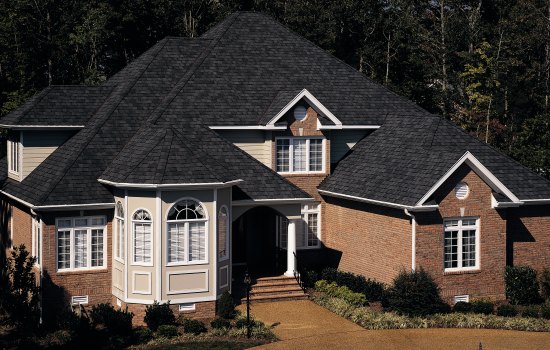
What Are The Basics of Roofing?
Your Roof, though a complex structure, accounts for around 40 percent of the home’s exterior. It protects you from various external elements, such as extreme weather conditions. So, you should know the basics of roofing before you indulge in investing in roof replacement or installation.
Types of roof
Roofs can be made of different materials depending on the climate or the home itself. The two common types of roofs are flat roofs and sloped roofs.
#1. Flat roofs
Flat roofs are common in areas of dry climate. They are made of inexpensive materials such as built-up roofs, EPDM rubber, PVC membrane, or modified bitumen. These materials are comparatively easy to use and install, plus ensure longevity and durability. Further, they can bear intense heat as well as heavy foot traffic.
#2. Sloped roofs
Since sloped roofs allow rainwater and snow to redirect to the ground, they are primarily used in heavy rainfall and snowfall areas. The materials used in sloped roofs are slate, steel, wood, or flagstone. These materials are pretty durable and protect the under-portion of the roof from rain and snow.
Components of roof
There are mainly six components of a roof, as discussed below:
#1. Shingles
Shingles can be made of different materials such as asphalt, cedar and wood, slate, tile, and metal roofing. They are measured in squares and are used for protecting the underlying sheathing.
#2. Rafters/Trusses
Rafters/trusses are the basic foundation of a roof. They are made up of metal or wood and act as a support for shingles and sheathing.
#3. Sheathing
Sheathing, referred to as the deck of the roof, is the solid board or sheet material attached to the rafters/trusses. It not only protects the roof but also ensures its stability.
#4. Underlayment
Underlayment is a water-resistant, paper-like material that acts as a membrane and vapors barrier. It is laid over the sheathing to prevent any damage from rain and snow. It further blocks water and air from permeating through the roof.
#5. Flashing
Flashing is usually a metal such as copper, zinc, lead, or aluminum that shields the roof from water leakage. It is installed on all joints and valleys of the roofing system.
#6. Drainage
Drainage refers to the design feature of the roof that sheds water. The factors determining drainage include shape, layout, and slope.
Nashville Roofing Services
The basics of roofing will help you judge the replacement or new installation of the roof while hiring a professional roofer.

